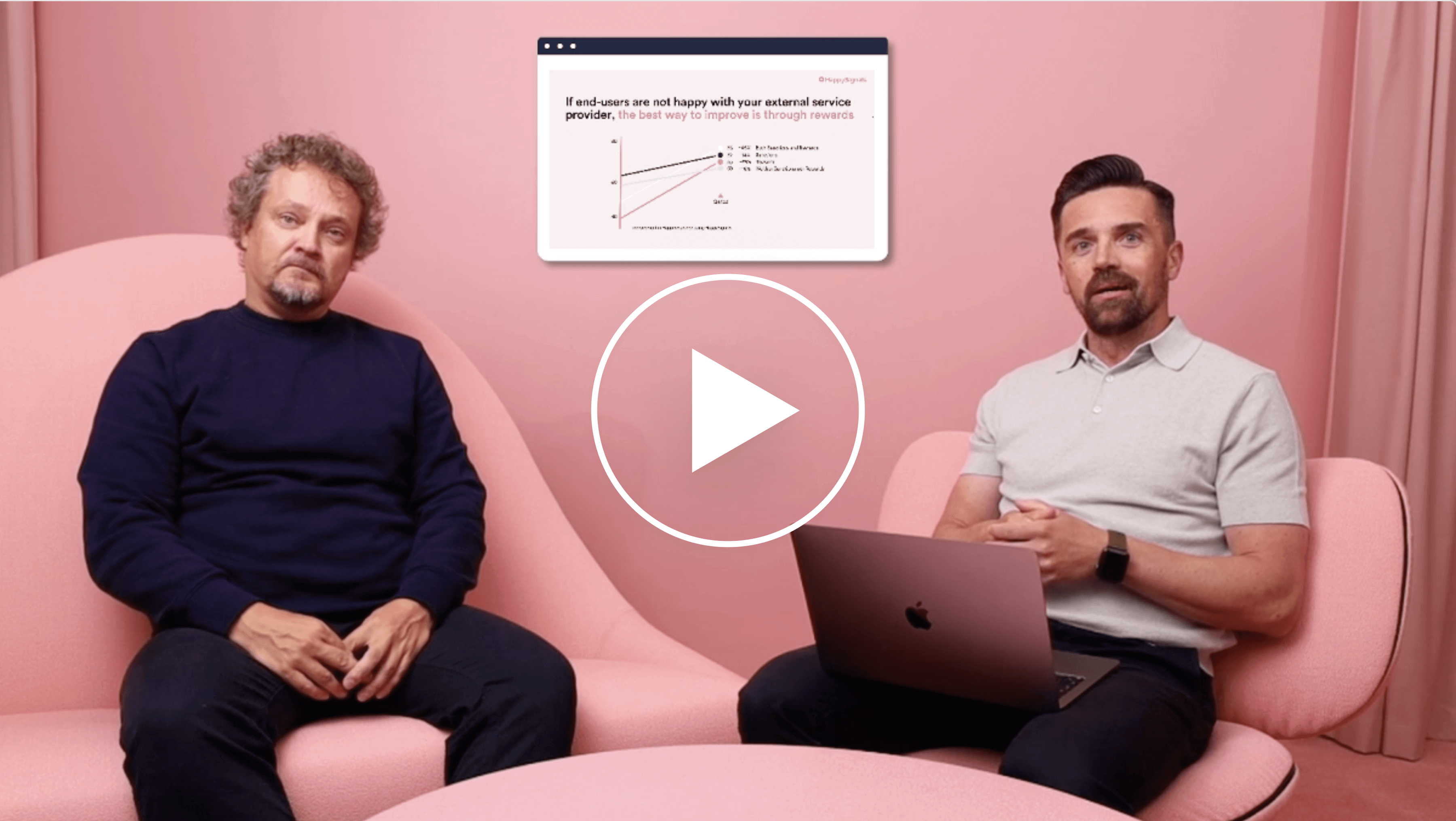For years, I’ve been advocating for service level agreement targets, or SLAs for short, to be removed. I believe that although SLAs play a certain role in IT service management (ITSM), their use alone will not deliver great experiences for your end-users and can even create new problems. Instead, to serve end-users better, your IT organization must move to experience level agreements (XLAs).
In this blog post, I explain:
- Why SLAs don’t capture what’s happening with your end-users
- How SLAs can create more problems for IT service providers
- Why it’s time to move from SLAs to XLAs.
The problem with SLAs
In the early days of HappySignals, we interviewed many IT professionals. To measure IT performance, they used traditional IT metrics such as service desk SLAs and customer satisfaction (CSAT) scores.
They asked us questions such as, “We’re getting a score of 3.7; is this good?” and “What services are performing well or poorly?”
Their SLAs and CSAT feedback were not helping their IT organizations understand how their end-users were experiencing IT. For many, the SLAs looked green on the surface, even when the end-user experience was red, with this known as the dreaded watermelon effect.
Importantly, their IT organizations didn’t understand why this – the gap between IT performance measurement and end-user perceptions – was happening or how to improve it because their SLAs weren’t giving them rich insight into end-user needs and pain points!
Ultimately, traditional SLAs are good for measuring IT processes and output, but they don’t measure how end-users feel about IT, including how their happiness and productivity are affected by their IT services and interactions.
SLAs can create more problems than they solve
SLAs are not just insufficient. Your IT service desk’s singular focus on meeting its rigid SLA targets, such as first response times or speed of ticket resolution, can even lead to poorer service experiences for end-users. How? Here’s a real example from one of our customers, Wilhelmsen, which was shared in this Happy in 15 episode.
Wilhelmsen had created an SLA for their chat service, so end-users should not have to wait longer than 30 seconds for a first chat response. This SLA sounded great in theory. But in reality, their outsourced service desk with a managed service provider (MSP) was so focused on achieving this SLA that their service desk agents were responding to multiple chats at the same time. Frustratingly, the agents would leave end-users hanging for many minutes between their subsequent responses because they were juggling multiple conversations.
This is a great example of how SLAs can backfire even with the best intentions, creating more inefficiency for end-users. After discovering what was really happening to end-users through experience management data, Wilhelmsen suspended their SLA on chat response.
Watch Marte Thorbjønsen (Director of IT Core Operations, Wilhelmsen) discuss this issue and why SLAs alone cannot help your MSP increase end-user productivity without XLA thinking in this webinar.
From SLAs to XLAs
Today’s enterprise IT end-users, like consumers, increasingly expect great experiences. Experience matters to employees and, by extension, businesses! Therefore, IT service providers need to move from relying on traditional SLAs that focus on process efficiency to embracing XLAs.
XLAs are a reimagining of SLAs that focus on what’s most important to end-users. They measure the real performance of IT by quantifying the end-user experience and IT service outcomes through end-user-centric metrics.
Ultimately, traditional SLAs measure the process, while XLAs measure the outcomes and value of IT for end-users. It’s time for your IT organization to use the right metrics to measure the right things.
Learn more about XLAs and how to implement them in our Practical Guide to XLAs.
In this episode of Happy in 15, Pasi and I discuss “SLAs vs. XLAs” and the importance of including rewards in agreements with your service desk instead of just sanctions. Watch it below.





